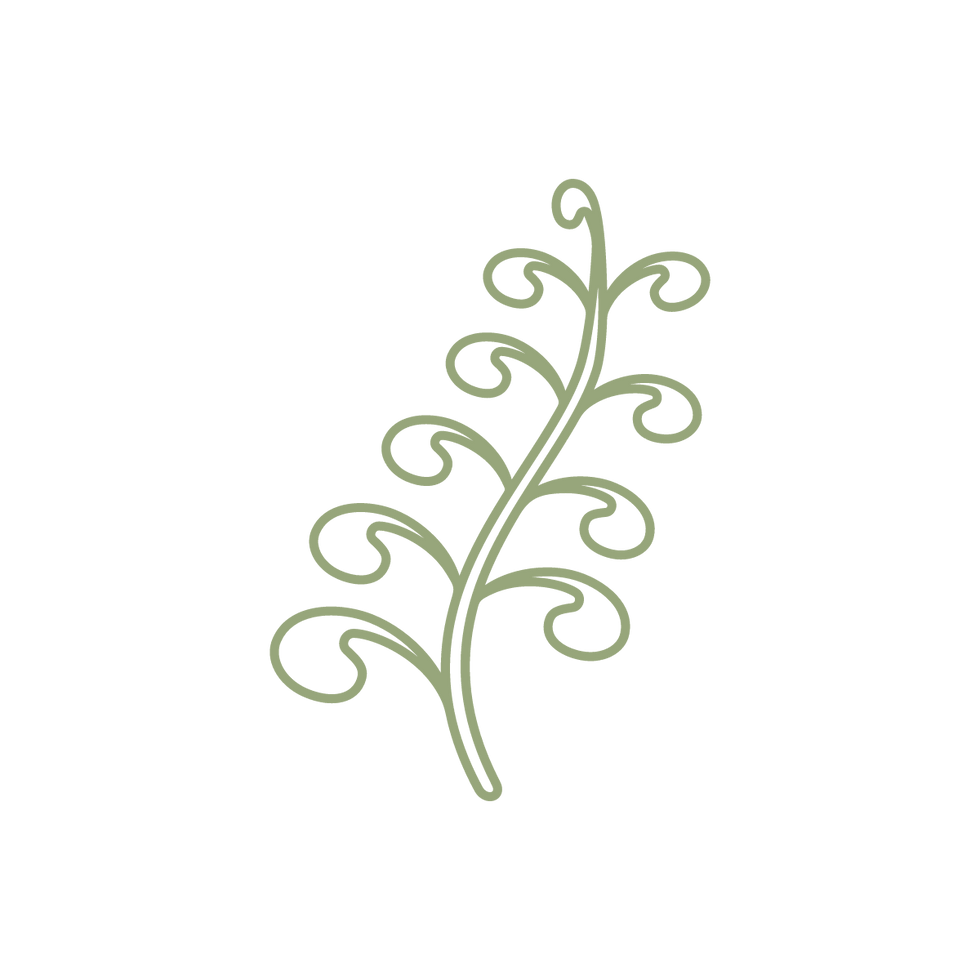

Arrowwood (Viburnum dentatum) is a very winter-hardy shrub growing between 3 and 10 feet in height with a spread of up to 8 feet and a generally rounded appearance. The plant has slender, downy twigs with ridges and gray/brown bark. Its buds are small, green-brown, and glossy. Arrowwood’s deciduous leaves are dark green, shiny, and oval with jagged edges. In the fall, they turn yellow or red. Its flowers are creamy-white, emerge in early summer, and will turn into ¼” blue-black berry-like fruit known as a drupe maturing from August to November. The flowers arranged in flat-topped clusters are not scented.
The shrub will tolerate being planted in shade, partial shade, or full sun. It can be found naturally in a variety of conditions but generally prefers moist soil that is neutral to acidic. Arrowwood can be found along wood margins and open woods, and along stream banks. It can tolerate both occasional drought and occasional flooding. Arrowwood is not an ornamental shrub but is very winter hardy and reliable. It can be used for hedging or screening. V. dentatum can be propagated either by seed or softwood cuttings. The plant will naturally spread clonally by suckering or rhizomes, or via seed dispersal.
The shrub attracts butterflies, bumblebees, and other native bees. Fruit attracts small mammals birds such as the eastern bluebird, northern flicker, gray catbird, and American robin (Lady Bird Johnson). The plant is also a caterpillar and larval host to the hummingbird moth and a nectar source to red admiral butterflies. [from umn.edu]

Larval Host for the
Spring Azure Butterfly
6'–10'
6'–10'



SIZE
SOIL
Medium, Well-Drained, Average, Moist Loam
LIGHT
Sun, Part Shade

BENEFITS
Butterfiles, Songbirds, Game Birds, Small Mammals

NOTES
Native Americans reportedly used the straight stems of this species for arrow shafts, hence the common name.

CHARACTERISTICS
Showy Flowers, Showy Fruit, Low Maintenance, Tolerates Clay, Flood tolerant
May, June
Shrub
This
flowers in
Arrowwood Viburnum
Viburnum dentatum
DETAIL VIEW

DESCRIPTION
Arrowwood (Viburnum dentatum) is a very winter-hardy shrub growing between 3 and 10 feet in height with a spread of up to 8 feet and a generally rounded appearance. The plant has slender, downy twigs with ridges and gray/brown bark. Its buds are small, green-brown, and glossy. Arrowwood’s deciduous leaves are dark green, shiny, and oval with jagged edges. In the fall, they turn yellow or red. Its flowers are creamy-white, emerge in early summer, and will turn into ¼” blue-black berry-like fruit known as a drupe maturing from August to November. The flowers arranged in flat-topped clusters are not scented.
The shrub will tolerate being planted in shade, partial shade, or full sun. It can be found naturally in a variety of conditions but generally prefers moist soil that is neutral to acidic. Arrowwood can be found along wood margins and open woods, and along stream banks. It can tolerate both occasional drought and occasional flooding. Arrowwood is not an ornamental shrub but is very winter hardy and reliable. It can be used for hedging or screening. V. dentatum can be propagated either by seed or softwood cuttings. The plant will naturally spread clonally by suckering or rhizomes, or via seed dispersal.
The shrub attracts butterflies, bumblebees, and other native bees. Fruit attracts small mammals birds such as the eastern bluebird, northern flicker, gray catbird, and American robin (Lady Bird Johnson). The plant is also a caterpillar and larval host to the hummingbird moth and a nectar source to red admiral butterflies. [from umn.edu]